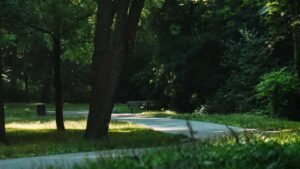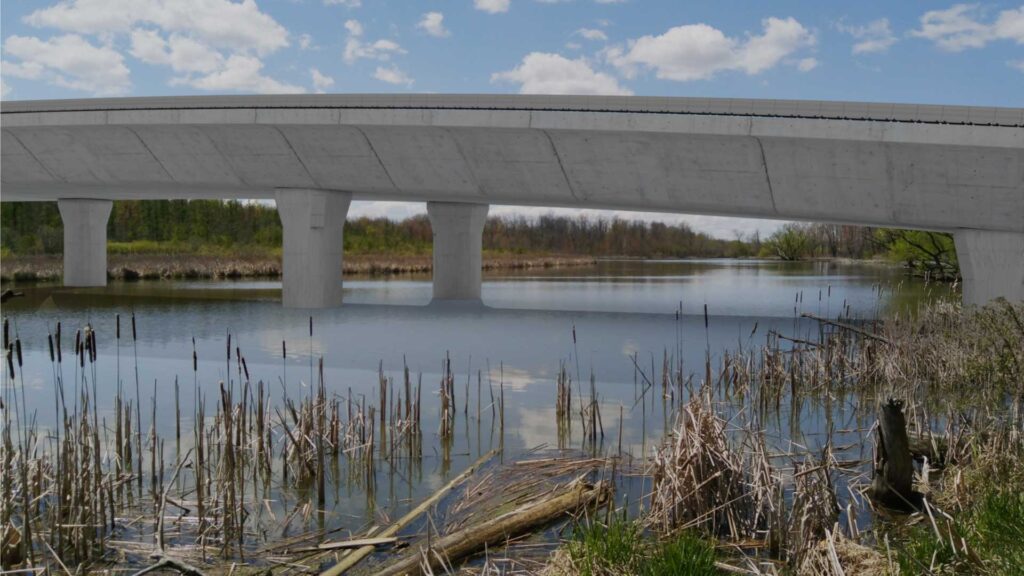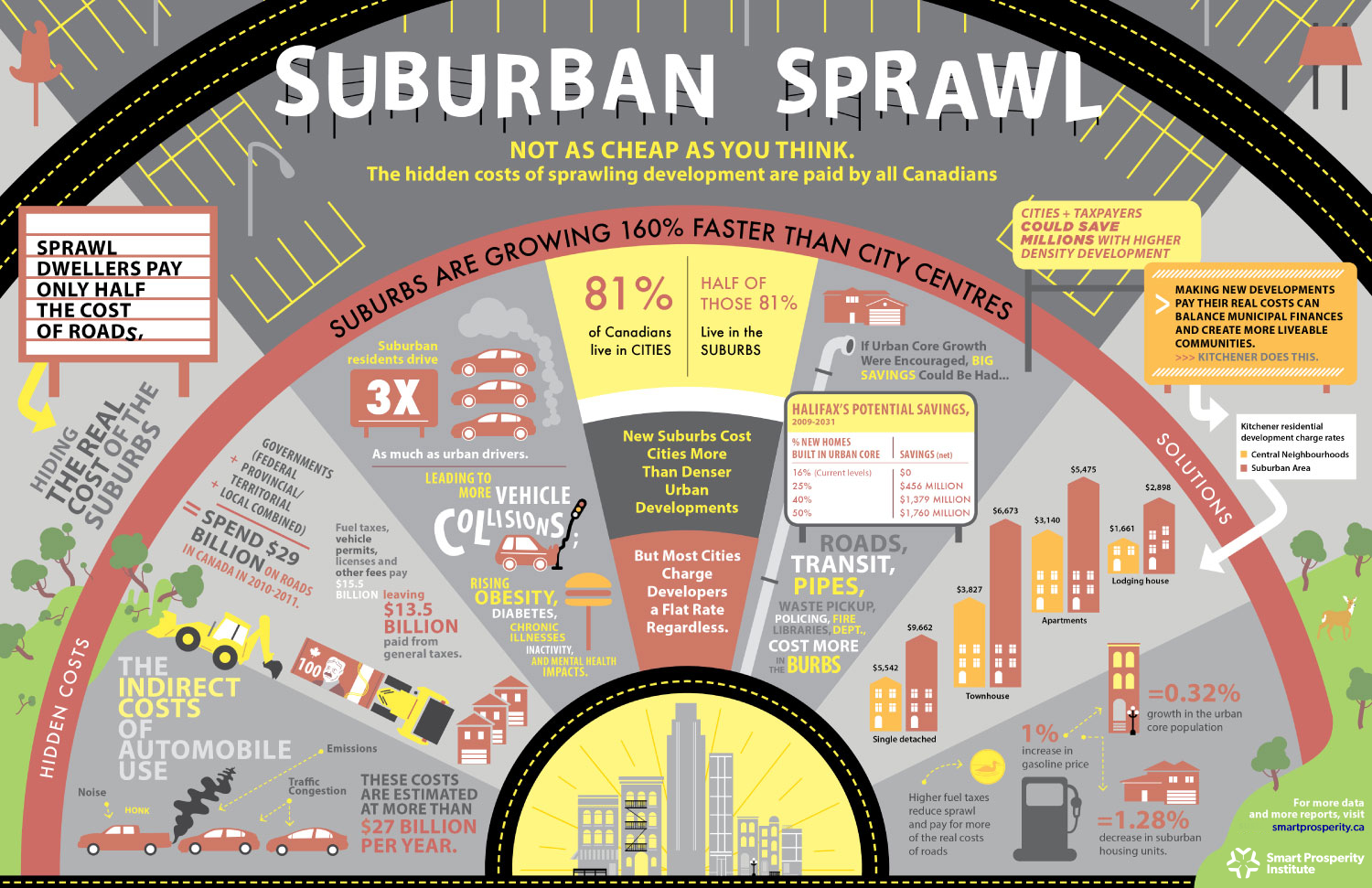
The Ford government has made a mess of planning. Now, municipal governments have a chance to correct some of that.
Official Plans are among the most important components of planning and building our communities, the places where we live, play, and work. They deserve to be given the highest level of consideration, which includes the best possible process of deliberation.









